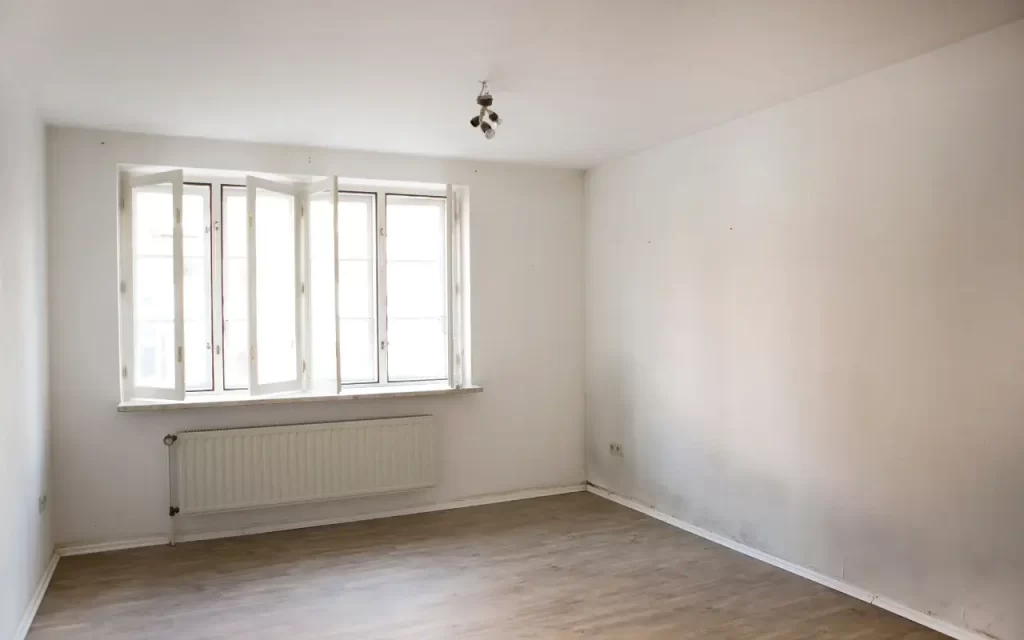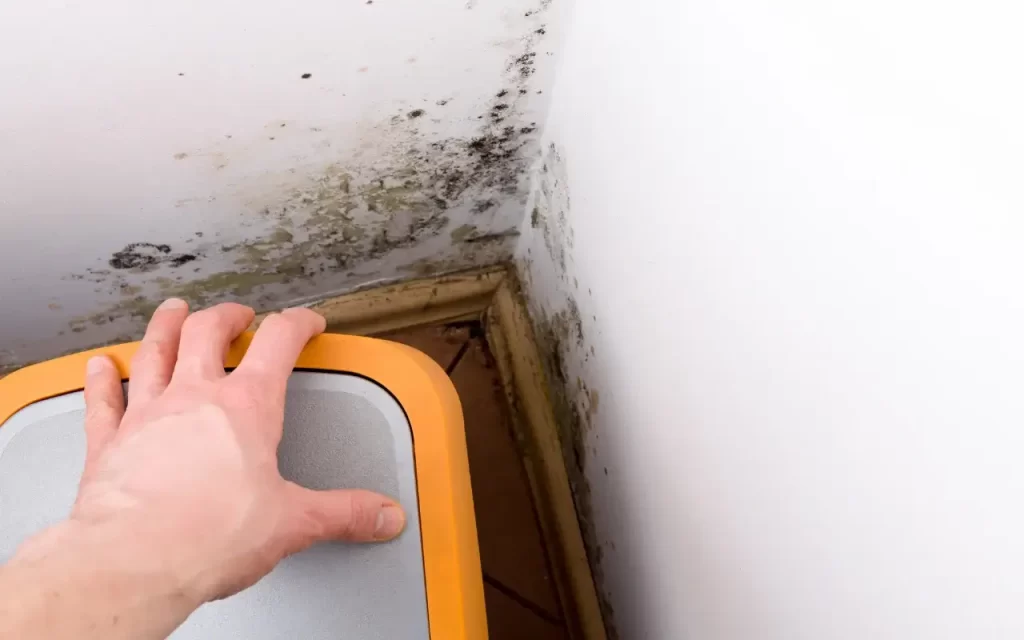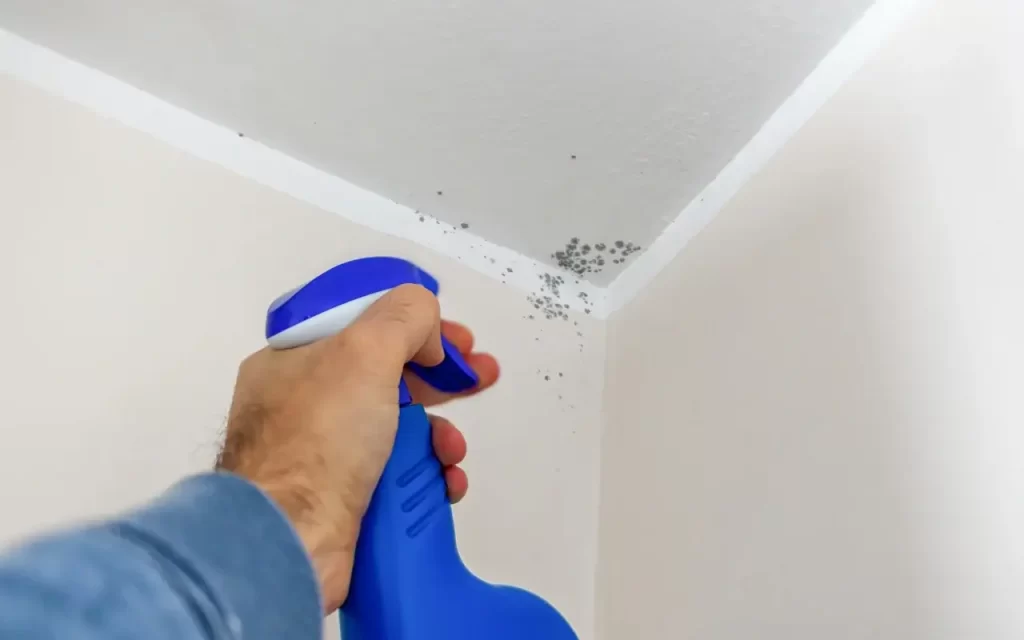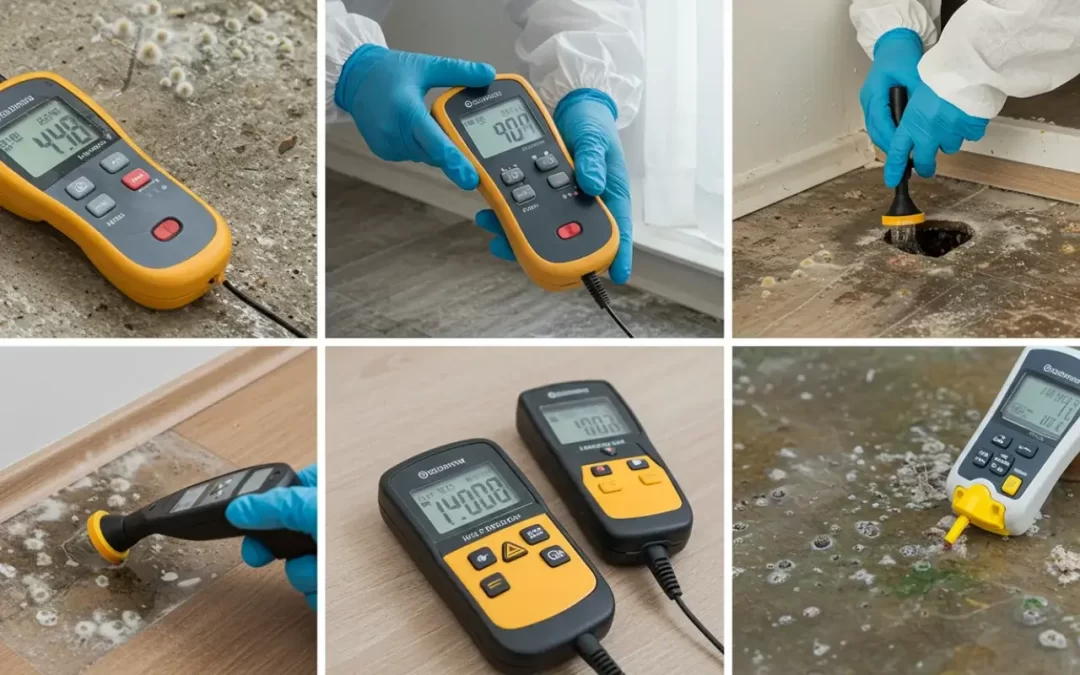Mould is a silent intruder that can creep into your home and cause significant health and structural issues. Many homeowners don’t realise they have a mould problem until it has spread extensively, affecting indoor air quality and leading to respiratory problems. This article will show you how to identify the indicators of mould growth, where to look for them, and how to deal with them before they become a major issue.
Understanding Mould and Why It’s a Problem

Mould is a type of fungus that prefers damp, humid surroundings. It reproduces by releasing spores into the atmosphere, which can be toxic if breathed. Mould exposure can cause allergies, respiratory problems, skin irritation, and other major health issues in persons with weakened immune systems.
Beyond health concerns, mould can also damage the structure of your home. It weakens walls, ceilings, and floors, leading to costly repairs if left untreated. Detecting mould early is crucial to maintaining a safe and healthy living environment.
Signs That You May Have Mould in Your Home
Recognising the warning signs of mould growth is the first step in addressing the issue. Some of the most common indicators include:
1. Musty Odors
One of the most apparent symptoms of mould is a persistent musty or earthy odour. If certain areas of your home have an unpleasant odour that doesn’t go away, it may be a sign of hidden mould growth.
2. Visible Mould Spots
Moulds can come in various colours, including black, green, white, and brown. It often grows in patches and may have a fuzzy or slimy texture. Familiar places to spot visible mould include bathroom tiles, ceilings, walls, and windows.
3. Water Stains and Discoloration
Water damage is often a precursor to mould growth. If you notice stains, discolouration, or peeling paint on your walls or ceilings, it could indicate a moisture problem that encourages mould growth.
4. Condensation and High Humidity
Excess condensation on windows, pipes, or walls signals high humidity levels in your home, creating an excellent mould growth environment.
5. Health Symptoms
Frequent sneezing, coughing, watery eyes, or worsening asthma symptoms can all be signs of exposure to mould spores. If these symptoms improve when you leave your home, mould may be the culprit.
Common Areas Where Mould Hides

Mould can develop in various areas of your home, often in places where moisture builds up. Here are some key locations to check:
1. Bathrooms and Kitchens
Since these areas experience high humidity levels, they are prime spots for mould growth. Pay close attention to sinks, under cabinets, tile grout, and shower areas. If planning home improvements, consider Testing Before Bathroom and Kitchen Renovations to identify potential mould issues before starting work.
2. Basements and Crawl Spaces
These spaces frequently have inadequate ventilation and humid conditions, which make them ideal for mould growth. Inspect walls, corners, and stored items regularly.
3. Attics
Roof leaks can lead to mould growth in attics. Check for damp insulation, wood discolouration, or a musty smell.
4. HVAC Systems and Air Ducts
Mould can spread through your home via air ducts, affecting indoor air quality. If you notice a musty smell when the HVAC system is running, it’s worth having your ducts inspected.
5. Walls and Ceilings
Mould can grow inside walls and ceilings, mainly if there has been a leak or persistent moisture issue. Watch for bubbles in paint or wallpaper and any signs of discolouration.
How to Confirm Mould Growth
If you suspect mould but aren’t sure, here are some ways to confirm its presence:
1. DIY Mould Testing Kits
You can purchase mould testing kits to collect air or surface samples. While these kits can detect the presence of mould, they cannot always identify the exact type.
2. Professional Mould Inspection
Hiring professionals like Enviro Health is the best option for a thorough assessment. We conduct detailed mould inspections and provide expert recommendations to address the issue effectively.
Preventing Mould Growth in Your Home

While mould detection is crucial, preventing its growth is even more critical. Here are some steps you can take:
1. Control Humidity Levels
Dehumidifiers and air conditioners can help keep interior humidity below 60%. Proper ventilation is essential in high-moisture areas such as bathrooms and kitchens.
2. Fix Leaks Immediately
Address plumbing leaks, roof leaks, and foundation cracks promptly to prevent moisture buildup.
3. Improve ventilation
Install exhaust fans in bathrooms and kitchens, leave windows open on a regular basis, and ensure that your property has adequate ventilation.
4. Clean and Dry Water Damage Quickly
If you experience flooding or water damage, dry the affected areas within 24-48 hours to prevent mould growth.
5. Use Mould-Resistant Products
Consider using mould-resistant drywall, paint, and insulation in moisture-prone areas.
Mould in the Workplace
Mould isn’t just a problem in homes—it can also affect workplaces. Poor indoor air quality due to mould exposure can lead to employee health issues and productivity loss. Conducting Workplace Contaminant Monitoring can help identify mould problems early and maintain a safe working environment.
What to Do If You Find Mould
If you discover mould in your home, here’s how to handle it:
1. Small-Scale Mould Removal
Clean affected surfaces with water, white vinegar, baking soda, or hydrogen peroxide for moderate mould issues. Always wear gloves and a mask to keep yourself safe.
2. Large-Scale Mould Infestations
Extensive mould infestations require professional remediation. Attempting to remove large amounts of mould can spread spores and worsen the problem. Professional services ensure proper containment and safe removal.
The Hidden Risks of Mould in Your Home
Mould is a serious concern that can affect your health and home. You can keep your living environment safe by learning to detect early signs, inspecting high-risk areas, and taking preventive measures. If you suspect a mould problem, don’t hesitate to seek expert assistance. Whether it’s testing your home before renovations, monitoring contaminants in the workplace, or seeking professional mould removal, taking proactive steps will help you maintain a healthy space for yourself and your family.

